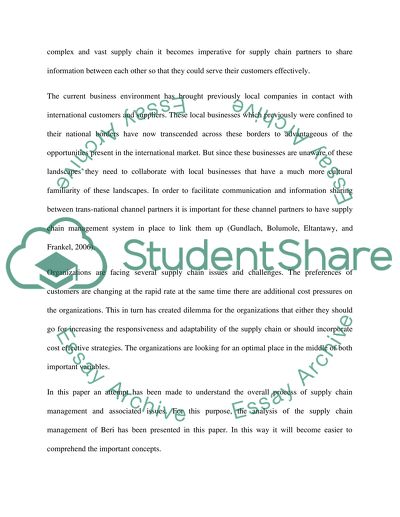Cite this document
(“Analyzing a Supply Network Research Paper Example | Topics and Well Written Essays - 2000 words”, n.d.)
Analyzing a Supply Network Research Paper Example | Topics and Well Written Essays - 2000 words. Retrieved from https://studentshare.org/marketing/1448061-describe-and-critically-analyse-a-supply-network
Analyzing a Supply Network Research Paper Example | Topics and Well Written Essays - 2000 words. Retrieved from https://studentshare.org/marketing/1448061-describe-and-critically-analyse-a-supply-network
(Analyzing a Supply Network Research Paper Example | Topics and Well Written Essays - 2000 Words)
Analyzing a Supply Network Research Paper Example | Topics and Well Written Essays - 2000 Words. https://studentshare.org/marketing/1448061-describe-and-critically-analyse-a-supply-network.
Analyzing a Supply Network Research Paper Example | Topics and Well Written Essays - 2000 Words. https://studentshare.org/marketing/1448061-describe-and-critically-analyse-a-supply-network.
“Analyzing a Supply Network Research Paper Example | Topics and Well Written Essays - 2000 Words”, n.d. https://studentshare.org/marketing/1448061-describe-and-critically-analyse-a-supply-network.


